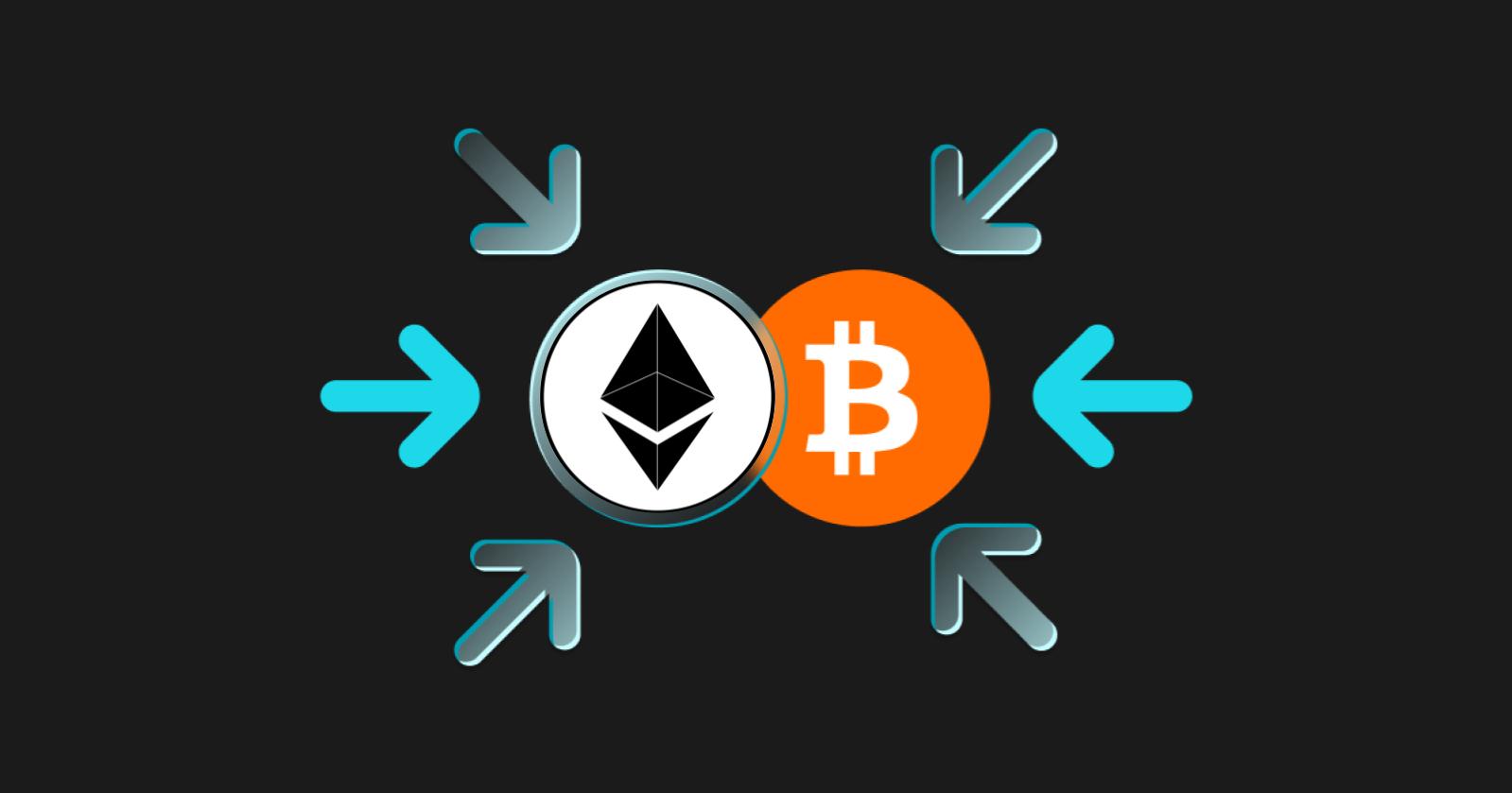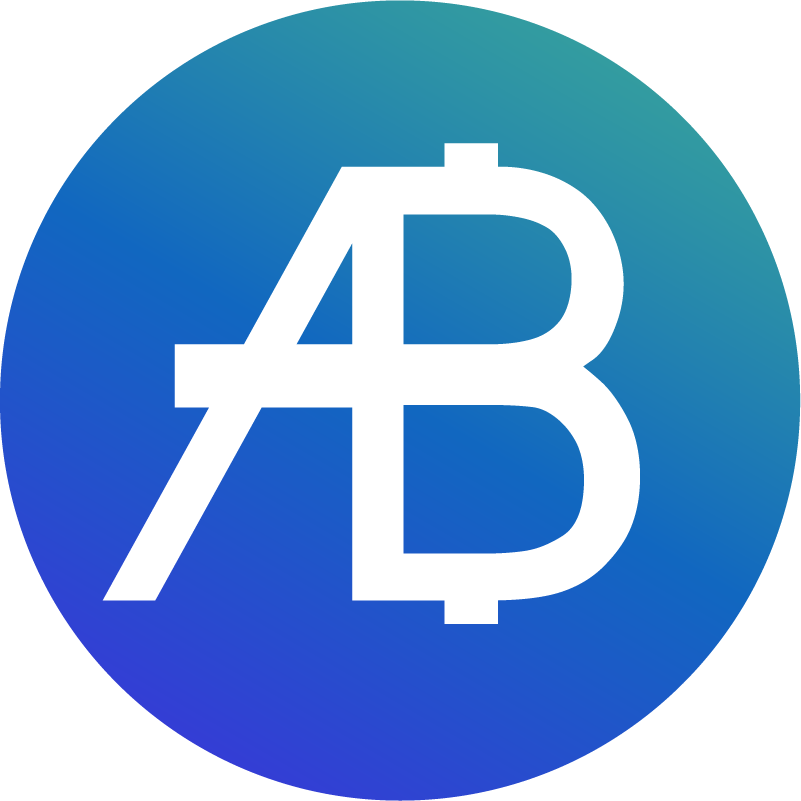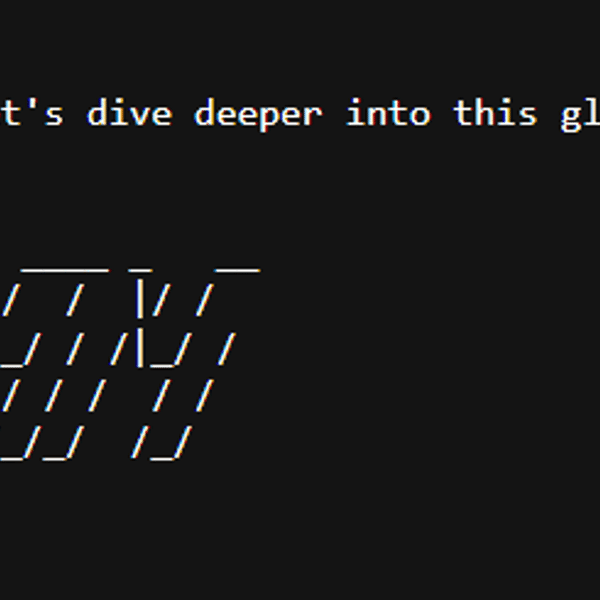Ethereum Hits ATH as Dominance Peaks — Is the “Flippening” Back on the Table?
Ethereum has just pulled off a remarkable double milestone that’s reverberating across the crypto market. Over the weekend, ETH surged to a new all-time high (ATH) around $4,951, finally eclipsing its long-standing record from November 2021. At the same time, Ethereum’s market dominance – its share of the overall cryptocurrency market capitalization – climbed to about 14.7%, marking the highest level in nearly a year.
This rare convergence of both price and market share gains underscores Ethereum’s renewed strength in 2025. It also reignites an old debate in the crypto community: could Ethereum one day overtake Bitcoin in market capitalization – a moment often referred to as the “Flippening”? While such speculation has surfaced before, Ethereum’s latest achievements have given the conversation fresh momentum.
New Highs on August 25, 2025: Ethereum’s Price and Dominance Breakout
Ethereum Price
Source: CoinMarketCap
Ethereum’s price breakout has been both swift and dramatic. On August 23–24, 2025, ETH shattered its previous peak of $4,891 (set in November 2021) and soared to roughly $4,953.73 at the top. This is the first new ATH in nearly four years, signaling that Ethereum has fully re-entered price discovery. The move coincided with a broader market rally after U.S. Federal Reserve Chair Jerome Powell hinted at possible interest rate cuts. In fact, Powell’s comments sparked an 8% ETH jump in just one hour, and the token ended that day up nearly 15% — clear evidence that macroeconomic cues are helping fuel crypto momentum.
Just as striking is Ethereum’s rise in market dominance, now sitting at around 14.5–15% of the global crypto market cap. That means nearly one in every seven dollars invested in digital assets is tied to ETH. Today’s figure of 14.65% marks the highest dominance level of 2025, reflecting how Ethereum has strengthened its position relative to other assets. Bitcoin, by contrast, has seen its dominance dip to about 58%, the lowest since early 2025.
The divergence in performance has been especially sharp in recent weeks: Ethereum climbed over 23% in the past month, while Bitcoin actually slipped about 5%. This rotation of capital has boosted Ethereum’s presence and fueled the growing narrative that ETH, not BTC, is leading this leg of the 2025 bull market.
Four Years in the Making: Ethereum Finally Breaks Its 2021 Peak
Ethereum’s $4,953.73 ATH is more than just a number — it’s a milestone that highlights how far the asset has come since the last bull cycle. Back in November 2021, ETH peaked at around $4,891, and it has taken nearly four years for that record to be broken. Clearing that psychological barrier signals a new phase of growth, putting Ethereum firmly back into price discovery territory.
When comparing market dominance, the story becomes more layered. Ethereum’s current 14–15% dominance is a strong rebound for 2025, but it still falls short of earlier highs. During the ICO boom of early 2018, ETH briefly captured nearly one-third of the entire crypto market, coming close to Bitcoin’s dominance. In the 2021 cycle, Ethereum’s share hovered in the 20–22% range, boosted by the explosion of DeFi and NFTs.
By contrast, the bear markets that followed pushed ETH’s dominance into single digits, hitting lows of about 7–8% in early 2025. From that trough, Ethereum’s recovery to nearly 15% dominance today represents a significant turnaround — the strongest in over a year.
In short, while Ethereum’s new ATH of $4,953.73 surpasses 2021’s record of $4,891, its market share is still more modest compared to historic peaks. That underscores two realities: the crypto market has broadened with more competitors now, and Bitcoin remains a formidable anchor at the top. Still, ETH’s ability to score both a price record and a dominance rebound in tandem shows that momentum is firmly on its side.
Drivers Behind Ethereum’s 2025 Surge
Ethereum’s rally to a new ATH and a dominance rebound hasn’t come out of nowhere. Several powerful forces are converging to push ETH higher in 2025:
1. Institutional Adoption and Inflows
Institutional capital has increasingly turned toward Ethereum. The launch of spot ETH ETFs in 2025 attracted billions of dollars in inflows, with some single-day numbers topping $1 billion — even surpassing Bitcoin ETF flows. Major firms like BlackRock have positioned Ethereum as a core crypto investment vehicle. Public companies have also jumped in: BitMine and SharpLink reportedly hold billions in ETH, while dozens of firms collectively staked more than 4 million ETH. These moves signal long-term confidence and create steady buy pressure.
2. DeFi and Network Growth
Ethereum’s on-chain activity is booming again. Daily transactions are above 2.4 million, with 1.2 million active addresses, while average fees remain manageable compared to the sky-high costs of 2021. Meanwhile, total value locked (TVL) in DeFi has surged back to about $97 billion, the highest since late 2021. This resurgence shows that Ethereum is still the beating heart of decentralized finance and Web3 applications.
3. Staking and Supply Dynamics
Post-Merge, staking has become a central pillar of Ethereum’s strength. Over 36 million ETH — nearly 30% of total supply — is locked in staking contracts, reducing circulating supply and selling pressure. Staking yields of ~4–6% make ETH attractive to both retail and institutional investors. At the same time, EIP-1559 continues to burn fees, occasionally making ETH’s supply deflationary. These dynamics combine to make ETH a yield-bearing, increasingly scarce asset.
4. Macro Tailwinds
Global macro conditions have also boosted Ethereum. The Federal Reserve’s more dovish tone in August 2025 — hinting at rate cuts — triggered a wave of risk-on appetite. ETH, with its yield through staking, stood out as a hybrid between tech stock growth and bond-like income. As inflation expectations cooled, Ethereum’s investment case became even more compelling for capital rotating out of traditional markets.
Is the “Flippening” Back in Conversation?
With Ethereum setting a new all-time high of $4,953.73 and lifting its market dominance to nearly 15%, the long-discussed idea of the “Flippening” — ETH overtaking Bitcoin in market capitalization — is back in the spotlight. The debate isn’t new. In late 2017, ETH’s market cap climbed to about 83% of Bitcoin’s, coming closer than ever to flipping BTC. During the 2021 bull run, Ethereum’s dominance surged to the 20–22% range, fueled by the rise of DeFi and NFTs, before fading again in the bear market.
Now in 2025, Ethereum’s resurgence has revived the narrative. ETH has outperformed Bitcoin sharply, gaining more than 23% in the past month while BTC slipped 5%. Staking rewards, strong ETF inflows, and network growth are fueling Ethereum’s momentum and narrowing the gap. Still, even at ~15% dominance, ETH’s market cap is only about one-quarter of Bitcoin’s. To truly flip BTC, Ethereum would need to quadruple its share or see Bitcoin’s dominance collapse — a scenario most analysts see as long-term rather than imminent. For now, the flippening is best viewed as a serious conversation, not a prediction, but ETH hasn’t been this close to the spotlight in years.
Ethereum vs. Bitcoin: Dominance Trends in 2025
Bitcoin Dominance Chart
Source: CoinMarketCap
One of the clearest signals of Ethereum’s rising strength is its dominance chart. In early 2025, ETH’s share of the market sank to multi-year lows around 7–8%, as investors piled into Bitcoin during uncertain macro conditions. Since then, Ethereum has nearly doubled its market share, climbing to about 14.65% in August, the highest level in over a year. At the same time, Bitcoin’s dominance has slipped to ~58%, its lowest of 2025.
This shift highlights a rotation of capital. Over the past month, ETH surged 23% while BTC fell 5%, pushing ETH.D (Ethereum dominance) to new yearly highs. On-chain data shows whales and institutions accumulating ETH, with exchange balances at multi-year lows as coins flow into staking or cold storage. Meanwhile, Bitcoin has been consolidating after its own rally, leaving room for ETH to capture momentum.
The ETH/BTC ratio also reflects this trend, hitting multi-month highs as Ethereum gains value relative to Bitcoin. Analysts note that ETH’s rising dominance often precedes broader altcoin rallies, suggesting Ethereum’s run could ignite a wider altcoin season. Still, the dominance gap remains wide, and Bitcoin tends to recover share when markets cool. For now, the charts show a clear story: in 2025, Ethereum is on the upswing, steadily narrowing the gap with its long-time rival.
Forward-Looking: What Should Investors Watch Next?
Ethereum’s climb to a record $4,953.73 and nearly 15% market dominance raises a tantalizing question: how far can this momentum go? Upcoming Ethereum upgrades, expanding ETF adoption, and the steady pull of staking yields all suggest ETH has room to grow. But markets thrive on uncertainty. Could a sudden macro shock, or a renewed Bitcoin rally, flip the script just as quickly as Ethereum flipped its old record?
What makes this moment fascinating is the sense of possibility. Ethereum has rarely looked stronger — it’s drawing in institutions, fueling DeFi’s revival, and holding more of the crypto market than it has in over a year. Yet the flippening debate lingers just out of reach, a reminder that ETH still has a long climb to rival Bitcoin’s dominance. The coming months won’t just test Ethereum’s strength; they’ll reveal whether we’re witnessing the start of a deeper power shift in crypto, or simply another thrilling act in Bitcoin and Ethereum’s ongoing rivalry.
Follow Bitget X Now & Win 1 BTC – Don’t Miss Out!
Disclaimer: The opinions expressed in this article are for informational purposes only. This article does not constitute an endorsement of any of the products and services discussed or investment, financial, or trading advice. Qualified professionals should be consulted prior to making financial decisions.
Bitget Academy2025-08-25 16:55























































































































![BitTorrent [New]](https://img.bgstatic.com/multiLang/coinPriceLogo/c87b5c29752b2123cca40f4dd2c6b6501710522527061.png)






















